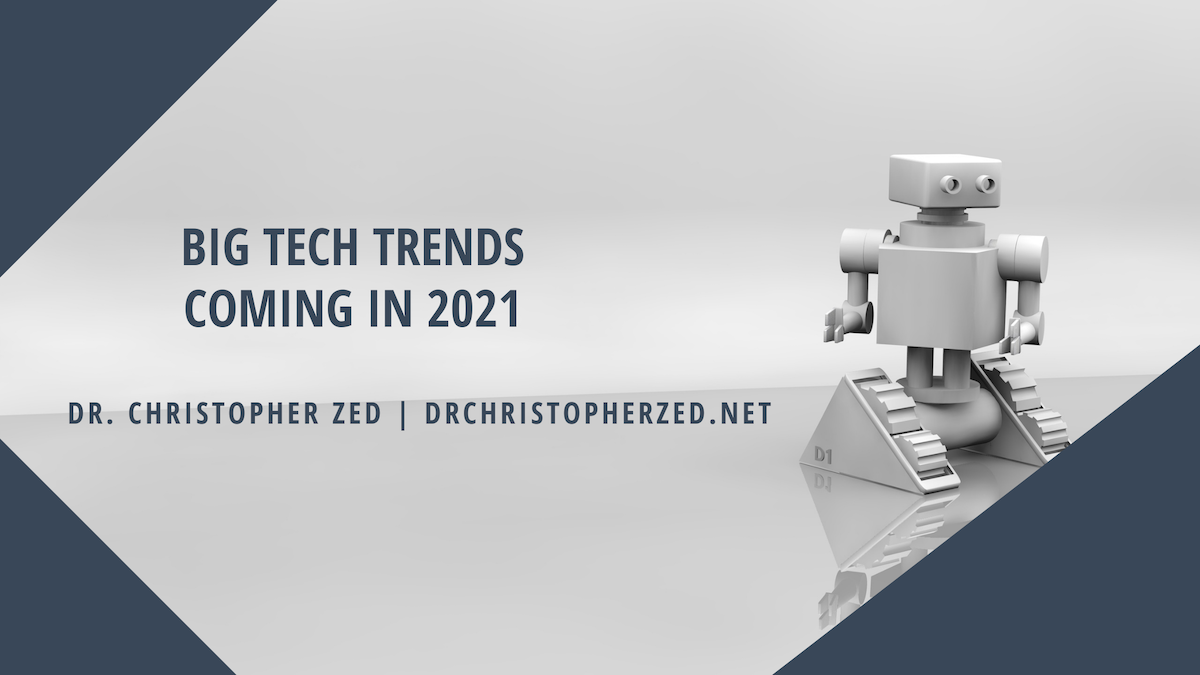2021 is going to be an exciting time in the world of technology. Following the long-standing tradition of necessity being the mother of invention, the unprecedented challenges faced in 2020 have brought forth a heightened sense of urgency to adapt to the new world, and the tech field has evolved accordingly working to make life safer, more efficient and more manageable.
Artificial intelligence and big data are no longer tools just for sales and marketing. Data collection is now vital for health purposes, as well. For example, it is important to be able to help people who are ill while also preventing the spread of disease. Machine learning algorithms will be more sophisticated, scanning venues and buildings for population levels. In addition, optional tracking software can be downloaded to alert people about their proximity to anyone who is ill with a dangerous disease. Other alert systems, such as citizen and nextdoor, will expand their networks to include less urbanized areas of the United States, warning people about all sorts of dangers, from medical to criminal. Apps like nextdoor also work as a way of bringing an entire community together in the newer, remote sense by listing items for sale, asking for a variety of recommendations, listing lost and found items and welcoming others to the neighborhood via the app.
Computer vision is one of the newest iterations of AI known as self-learning algorithms. These systems are able to see and understand images and then label them accordingly, and they impact every aspect of industry, from self-driving cars and convenience store cameras, to medical diagnostics and crop management. Self-learning systems are faster and more efficient than humans at spotting patterns and connections, as well as making predictions, and they will greatly improve the ability for institutions like hospitals for get the resources needed to fight a pandemic or other large-scale emergency.
The retail and wholesale sectors will also be affected by the fact that people will now spend more time at home. For the foreseeable future, people will continue to work and shop remotely. This includes necessities like groceries and medicine, but also luxury items previous bought in-person.
As people work and shop from home, travel will also become less predictable. The number of passengers using public transport will fluctuate wildly, and self-driving cars will continue to become more mainstream. As far as taking care of the housebound population, robots are emerging in the care and assisted living sectors to provide access to 24/7 in-home help, as well as to robotic companionship. Buildings that are currently not in use still need upkeep and cleaning, and the robot sector is steadily growing in those departments as well.
This article was originally published at https://drchristopherzed.net


